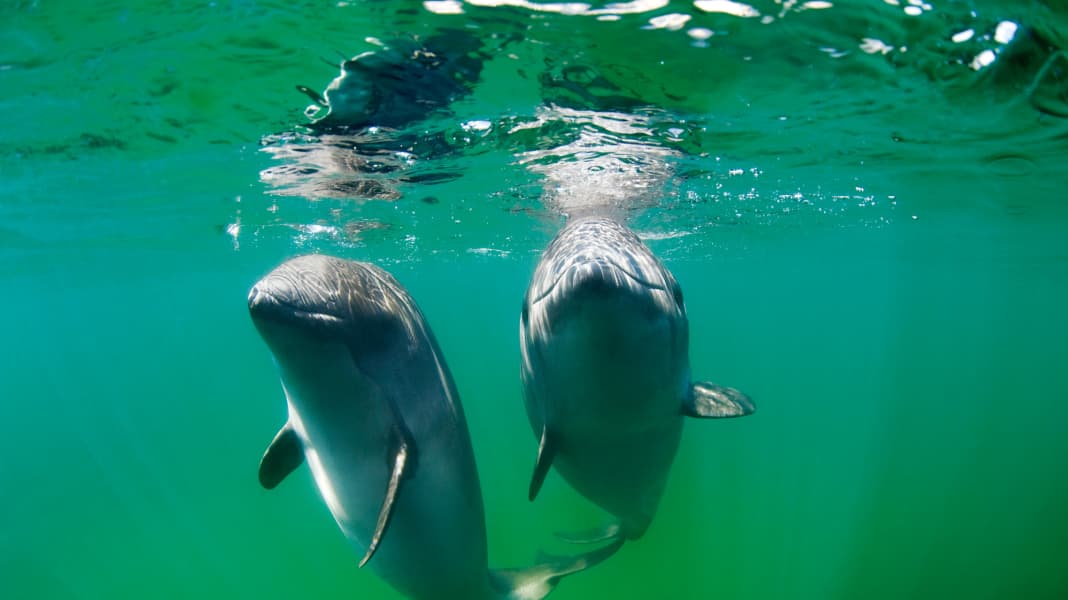Baltic Sea: Tracking harbour porpoises in preparation for effective protection measures

Schleswig-Holstein has already launched comprehensive acoustic monitoring of harbour porpoises in the western Baltic Sea in 2021. At four measuring stations between Flensburg Fjord and Eckernförde Bay, so-called C-PODs (Cetacean Porpoise Detectors) will record the echolocation sounds of the marine mammals. The project aims to provide information on the occurrence and seasonal presence of the endangered harbour porpoises. Environment Minister Tobias Goldschmidt wants to use the data obtained to improve the protection of the Baltic Sea and its only cetacean species.
Focus on the endangered harbour porpoise population
The harbour porpoise is the only marine mammal native to the Baltic Sea. The western Baltic Sea population is estimated at around 14,400 animals. The central Baltic Sea population, with an estimated 491 animals, is considered to be threatened with extinction. In order to establish effective conservation measures, it is necessary to have the most comprehensive knowledge possible about the distribution and behaviour of harbour porpoises. Monitoring through continuous acoustic surveillance covers an area that could not previously be recorded.
Four measuring stations provide data
The four monitoring stations are located at Holnis in the Flensburg Fjord, at Bredgrund to the east of Geltinger Birk, at Schleisand to the north of the restricted military area and between Damp and Stollergrund. Harbour porpoises were detected at all stations, with the highest detection rates occurring at Bredgrund. On average, harbour porpoises were recorded there on 25% of days, followed by Damp (13.2%), Schleisand (11.8%) and Holnis (6.2%).
Seasonal patterns visible
The analysis of the data shows clear seasonal trends in the occurrence of harbour porpoises. A bimodal distribution with maxima in spring and autumn was observed at almost all stations. Detections declined in the summer months. This could be related to the oxygen saturation of the shallow water, algal blooms or increased tourism. Diurnal patterns were also recognisable, particularly at the Bredgrund with increased activity at night.
Anthropogenic influences under observation
The monitoring also makes it possible to analyse human influences on harbour porpoises. For example, the use of acoustic warning devices (PALs) on fishing nets, which can be falsely detected as harbour porpoise sounds, was analysed. The effects of blasting in the nearby restricted military area were also analysed. So far, no clear effects have been detected, but further analyses are necessary.
Basis for protection measures for harbour porpoises
The data obtained forms an important basis for the protection of harbour porpoises in the western Baltic Sea. They provide insights into habitat utilisation and help to identify ecologically significant areas. Monitoring is to be continued in order to recognise long-term trends and better assess the impact of human activities. The results will be incorporated into the implementation of the Marine Strategy Framework Directive and support the planning of strictly protected areas in the Schleswig-Holstein Baltic Sea.
